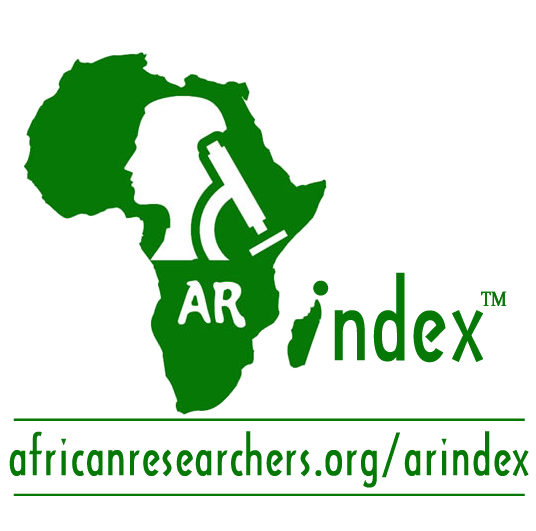Phenotypic diversity within winged bean (Psophocarpus tetragonolobus L.) accessions
Keywords:
Winged bean, principal component analysis, dendrogram, eigenvalues, IITAAbstract
Exploring the potentials of winged bean for supply of plant protein, edible oil, minerals and anti-oxidants will make significant impacts in achieving a food and nutritionally secure world. Nineteen winged bean accessions assembled from diverse origins were assessed in an experiment in which entries were arranged in a randomized complete block design and replicated thrice. Twenty-five physiological, chronological, and morphometric traits assessed in the 19 accessions were subjected to principal component and cluster analyses based on Ward’s method. Genetic correlation coefficients were calculated among the recorded traits. The first seven principal component axes whose eigenvalues or latent roots exceeded 1.0 explained 82.8% of total variance. The 16 genetically correlated traits were delineated into four groups as revealed on Ward’s dendrogram. The biplot of the first two principal axes separated the 19 accessions into three groups while the cluster analysis based on minimum variance coefficients produced a dendrogram which, when truncated arbitrarily at 0.60 similarity level, resulted in four distinct clusters. The genetically correlated traits within each cluster will elicit correlated response where collection for one implies indirection choice for others in a winged bean improvement program. The accessions from each country were mostly grouped together implying that crosses among accessions between different countries rather than within a country may yield better results in winged been hybridization programs.
Downloads
Published
Issue
Section
License
Copyright (c) 2024 Adebayo & Shonde

This work is licensed under a Creative Commons Attribution 4.0 International License.




